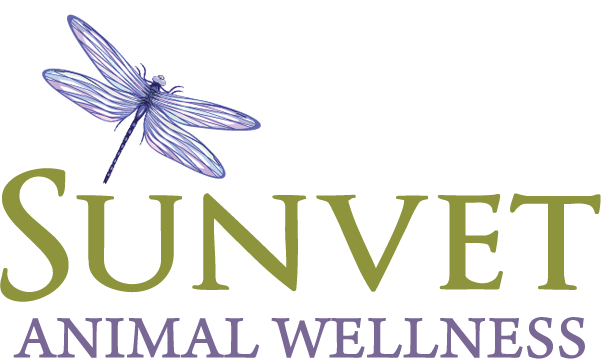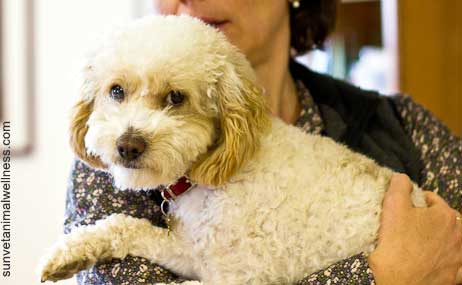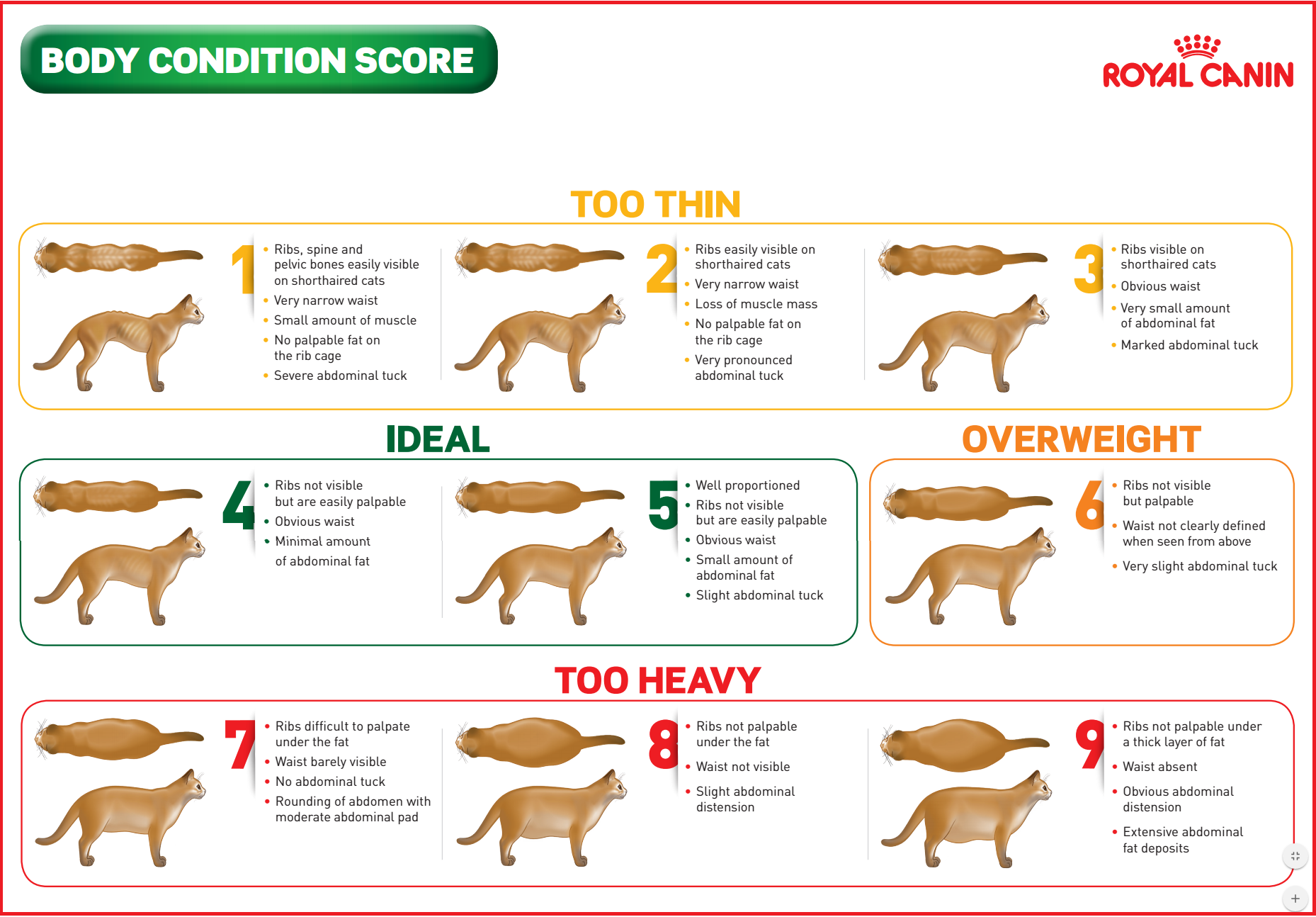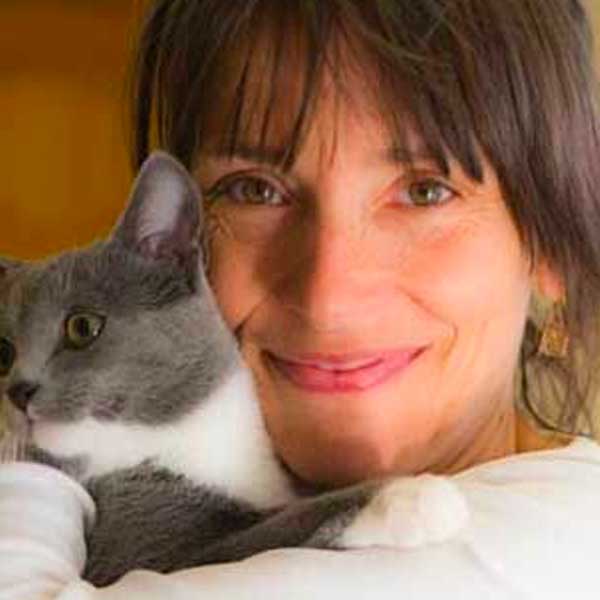Is your dog or cat getting the nutrition and exercise they need?
“Dr. Laurel, Harry (a four-year-old chocolate Labrador Retriever) is limping on his back leg. He lays around and pants all the time. He just doesn’t seem to enjoy life any more. He used to be my hiking buddy. Since we had Jason (our two-year-old son) he spends most of his time waiting for handouts at the table.”
I’ve heard stories like this, often attached to overly hefty cats and dogs, many times in my consulting room at Sunvet Animal Wellness Clinic.
According to the Association for Pet Obesity Prevention, an estimated 54 percent of cats and dogs in the United States are overweight or obese. The strain and stress of this added heftiness put our four-legged constant companions at risk for a variety of health problems, including the following:
- Orthopedic and arthritic disorders
- More strain on joints and ligaments
- Back problems such as slipped discs
- Skin infections
- High blood pressure
- Heart disease
- Immune suppression
- Diabetes
- Some forms of cancer
- Increased surgical and anesthetic risk
- Heat intolerance
- Exercise intolerance
- Increased injury with exercise
- Difficulty breathing
- Strain on internal organs
Do any of these sound familiar? Any of these are a good reason to take a look at Fido and Tabby to see if they are their ideal weight or if they have become little balloons of the being they used to be. Below is an awesome way to assess your buddy.
What is Body Condition Score (BCS)
The BCS is a somewhat subjective rating used to standardize the level of an animal’s weight. At Sunvet Animal Wellness Clinic, we use a scale of 1-9. This scale allows us to better assess subtle changes in your four-legged friend’s weight. Using this scale, dogs and cats are scored from 1 to 9, with 5/9 being an ideal body weight.
It is important to view your buddy’s silhouette from above and from the side. Look at the ribs, spine, hip bones, waist, abdomen, muscle mass and overall fat covering. At a healthy weight, you should be able to see his waistline (an hourglass figure) from above. From the side, his abdomen should appear tucked up behind the rib cage.
It is also essential to put your hands on him to evaluate his weight. You can feel his ribs by placing your thumbs on his backbone, spreading both hands down each side of his body across the rib cage. Ideally, you should be able to feel each rib under a thin layer of fat. Let’s face it, if he is an ideal weight, you should not have to dig with your fingers to feel his ribs.
What is your pal’s Body Condition Score?
1/9: Emaciated
Ribs, spine and hip bones are visible from a distance. No discernible body fat and an obvious loss of muscle mass.
2/9: Very thin
Ribs, spine and hip bones are easily visible. No palpable body fat and minimal loss of muscle mass.
3/9: Thin
Ribs can be easily felt and may be visible with no palpable fat. Top of the spine is visible and hip bones may also be prominent.
4/9: Underweight
Ribs can be easily felt with minimal fat covering. The waist is easily noted when viewed from above. An “abdominal tuck” is also present, meaning that the abdomen appears tucked up behind the rib cage when viewed from the side.
5/9: Ideal
Well-proportioned. Ribs can be easily felt without excess fat covering. The waist can be observed behind the ribs when viewed from above. Abdominal tuck is present. Feel ribs ….easy to feel, under a small layer of fat.
6/9: Overweight
Ribs can be felt through a slight excess fat covering. The waist is visible from above, but not prominent. Abdominal tuck is present.
7/9: Heavy
Ribs are difficult to feel under a heavy fat covering. Noticeable fat deposits over the lower back and base of the tail. The waistline is absent or barely visible and abdomen may appear obviously rounded or saggy.
8/9: Obese
Ribs can only be felt with heavy pressure. Significant fat deposits over the lower back and base of the tail. Waist and abdominal tuck are both absent. Obvious abdominal distention may also be present.
9/9: Severely obese
Ribs cannot be felt under a very heavy fat covering. Large fat deposits are seen over the neck, chest, spine, and base of the tail. Waist and abdominal tuck are both absent. Obvious abdominal distention and a broad, flat back may also be present.
What can we do with what we learn?
As we tune into Fido and Tabby’s ideal body weight, it becomes clear how much our four-legged buddies depend on us to feed them well and make sure they get the exercise they need to be fit and healthy.
In my next post, we’ll look at nutrition and exercise—giving you a range of options for improving your furry friend’s health.



